[With 30+ illustrations] Finding the good micro-routechoices seemed to be the main problem for the runners in the men’s class in the World Cup middle distance race in Munkedal, Sweden Sunday. The fight for victory was close; William Lind (lost 26 seconds at leg 10, finished 25 seconds behind in 2nd) and Matthias Kyburz (lost 42 seconds at leg 6, finished 33 seconds behind in 3rd) were only one control away from beating Thierry Gueorgiou.
Oleksandr Kratov took the lead at the first control and stayed in front until control 2. The race lead then changed between Matthias Kyburz (leading at the 3rd control), Gustav Bergman (leading from the 4th to 5th control, losing 1:19 at the 6th control and falling down to 11th place) and William Lind (leading from the 6th to 9th control, losing 26 seconds and the lead at the 10th) until Thierry Gueorgiou took over the lead at control 10 of 21 controls and kept it until the finish. The most impressive performance of the day was Lind’s long leg to 6th which he won with more than 30 seconds to the next runner – this could have decided the race for Lind.
Few big mistakes were done, but on the other hand most runners struggled with keeping good momentum while still keeping the direction in the undulating terrain – and knowing which features to use for safe and fast orienteering. William Lind – who has learned to orienteer in somewhat similar terrain – and Thierry Gueorgiou – known as the master of technical orienteering – where the two runners mastering these skills best.
One control which really challenged the runners was the long leg – where many, many runners ran well for 70-80% of the leg, but made some 30-50 second detour(s) somewhere on the way. A few examples of this is shown at the bottom of the article where some mistakes/time losses of top runners are shown to illustrate where and how the race was decided. Many will get back to similar challenges in the time towards the World Championships in 2016 which will be organized in similar terrain somewhat closer to the Norwegian border.
Leg by leg: Routes and Split times
Below the routes and split times (from the official split times) is shown for the Top 3 on each leg along with the Top 10 in the competition. A full text-based analysis is not provided here – but the illustrations tell more than 1000 words – and by studying these illustrations (and using the GPS-tracking as help in some places) there is a lot to be learned about how to tackle this type of terrain. A few short comments are provided for selected legs.
Leg 1: Kratov starts best – Novikov loses time. Note how the rightmost route is faster because you can then avoid the cliffs and use the yellow areas.
Leg 2: One of the poorest legs for Lind, loses 11 seconds.
Leg 3: A leg where it is clearly better to go right. Better runnability (using the path) and also the control gets easier.
Leg 4: Go straight, use the contour details for orienteering. Runesson loses time here.
Leg 5: Another easy, short leg. Tranchand loses 40 seconds.
Leg 6: The “queen leg” of the course – to put it that way. William Lind runs an incredible leg, winning the leg with 31 seconds ahead of Runesson who is second fastest. If Lind’s time would not stand there, it would have looked like straight and left (using path) would be approximately equal with only a few seconds difference. As it stands now, it is possible to go superfast straight if you are superman – but for other runners straight (Runesson 7:46) and left (Hertner in 7:51) seems equivalent. Many runners lose time straight though, as this is a routechoice which is very difficult to execute well. But hat off for Lind here.
Leg 7: Another short one – Bergman is angry after mistake on the 6th and wins the 24 second leg with 4(!) seconds.
Leg 8: Nearly everybody goes right, and the time differences are due to the execution of the leg. Runesson is one of the exception going left – and losing significant time.
Leg 10: Another short leg with quite small time differences. Tranchand loses time here.
Leg 11: A medium long leg where nearly everybody goes straight. Kratov is one of the few going left, losing 38 seconds. Lind misses the control and loses 26 seconds – and practically the victory.
Leg 12: A seemingly easy leg, but several runners struggle. Going left out of the control like Lind and Hubmann do is clearly not a good choice. Lind loses another 23 seconds – in his worst period in the race. Hubmann even 31 seconds.
Control 12: A medium long leg with some route choice element. Quite a few runnes chose a straight/right variant here, losing 45-50 seconds. Two of the top runners doing this mistake are Gustav Bergman and Fabian Hertner. Tranchand misses the control with a minute in the last part of the leg.
Leg 13: Another medium long leg with a route choice element. This is one of the legs where Gueorgiou loses some time – taking the rightmost route which loses you 15-20 seconds due to poorer runnability.
Leg 14: Short leg to arena passage.
Leg 15: Leg after arena passage. Not very interesting leg – very few run right (e.g. Ridefeldt) and lose some seconds on this.
Leg 16: Another leg in the less exiting area after the arena passage (was the arena passage really necessary today with the amount of spectators present?). Very few runners run right (and lose some seconds) – the rest run direct and it is the execution which loses you time. There is a lot of features to orienteer on though.
Leg 17: Run!
Leg 18: And run!
Leg 19: Here Lind goes down – unclear why. It loses him 10 seconds, but he had already lost the race.
Leg 20: Here you could lose some time by going to the left of the houses as the grass was high there. You should also be able to see it from the map (although you lose more time than you see).
Leg 20: Impressive by Lind to be 2 seconds faster than the next runner on the run-in.
Selected time losses
Some time losses/mistakes of top runners are shown here to show decision points and which types of mistakes were made in this terrain. No analysis runner by runner is provided (but feel free to add one in the comments). Note especially the interesting 6th leg.
 World of O News
World of O News
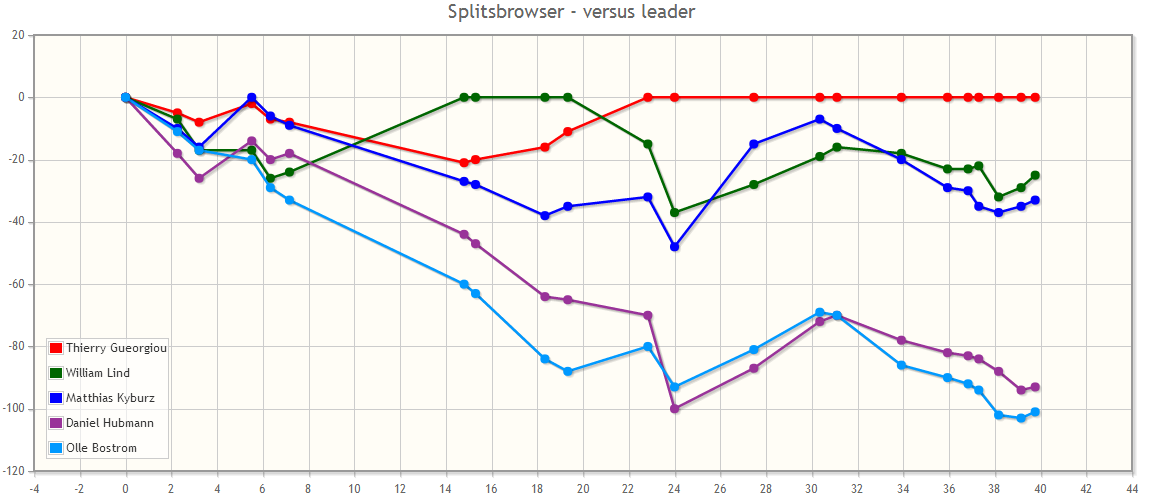
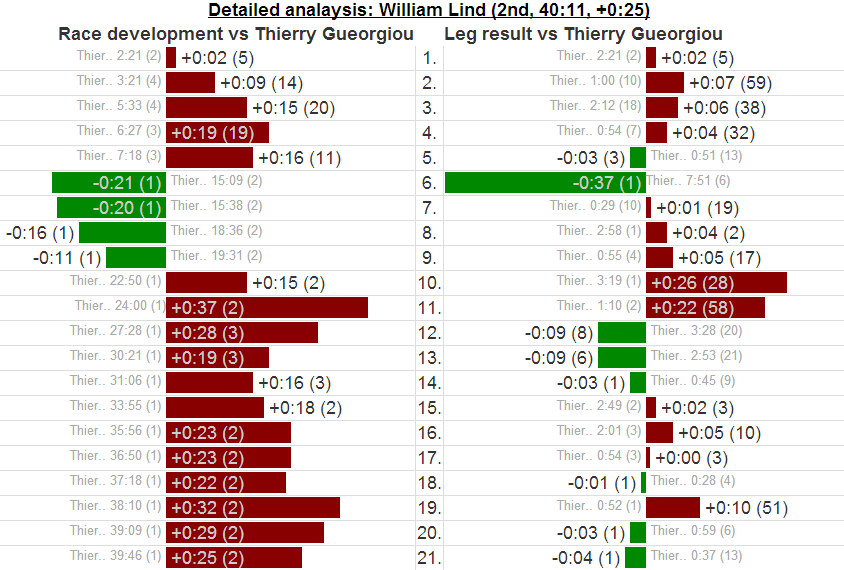
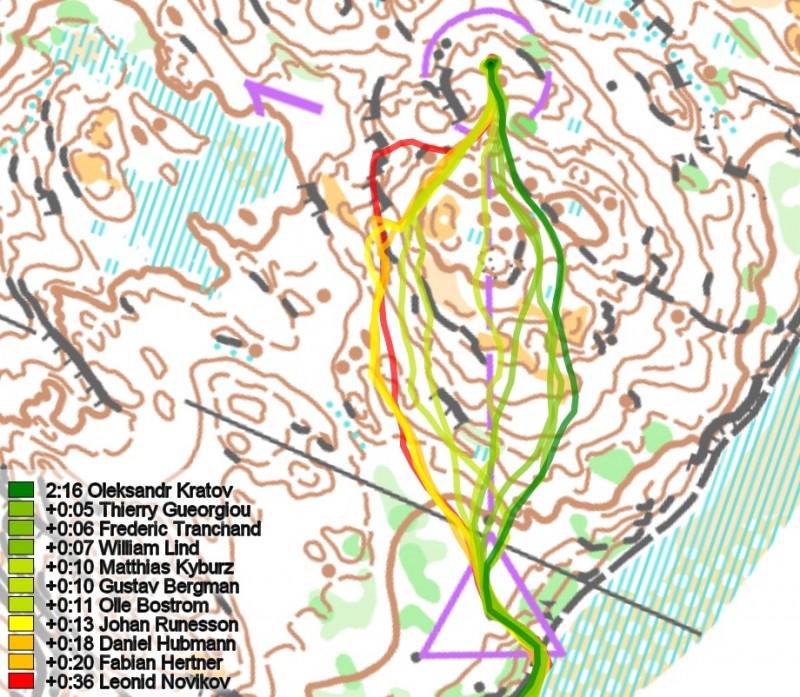
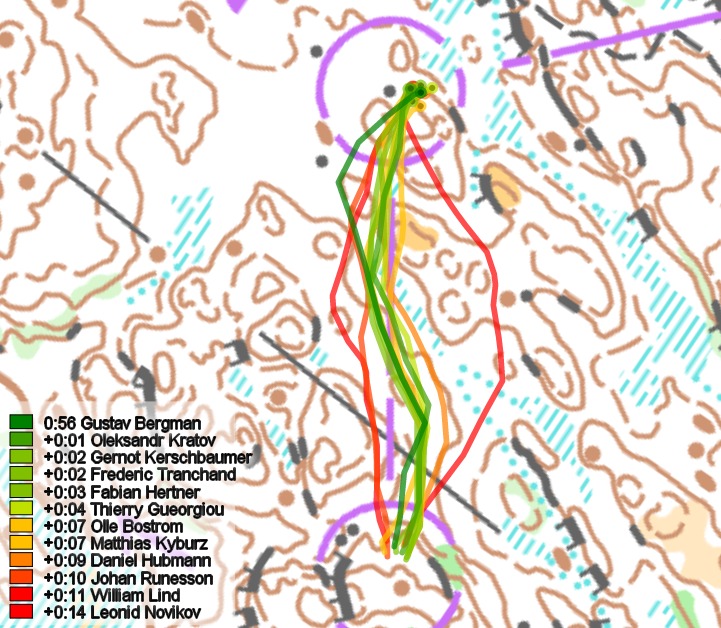
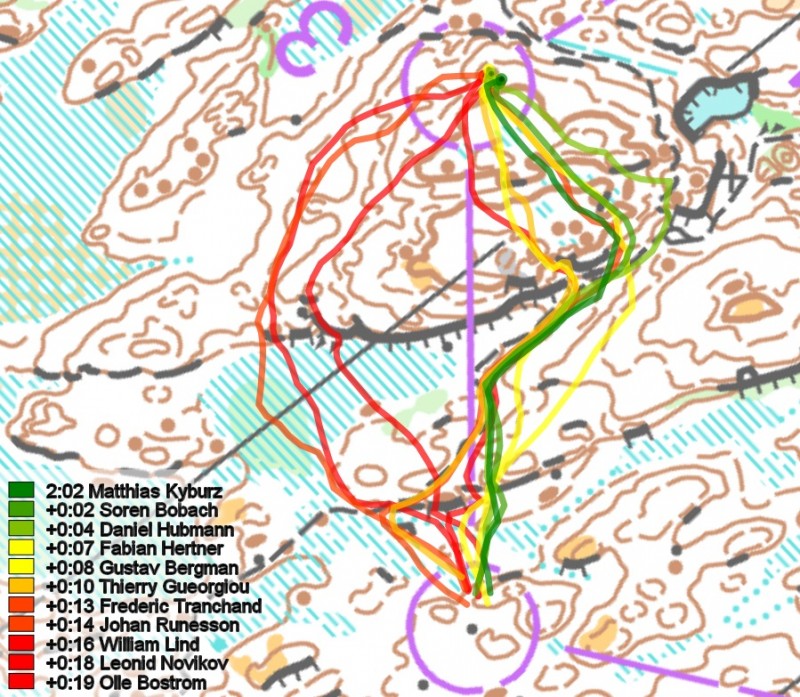
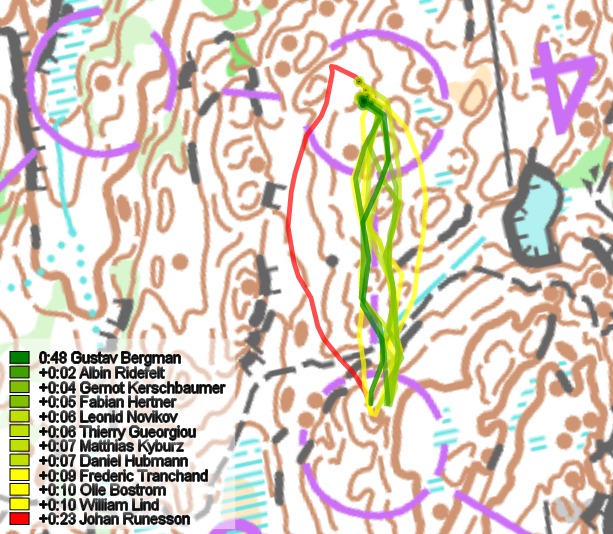
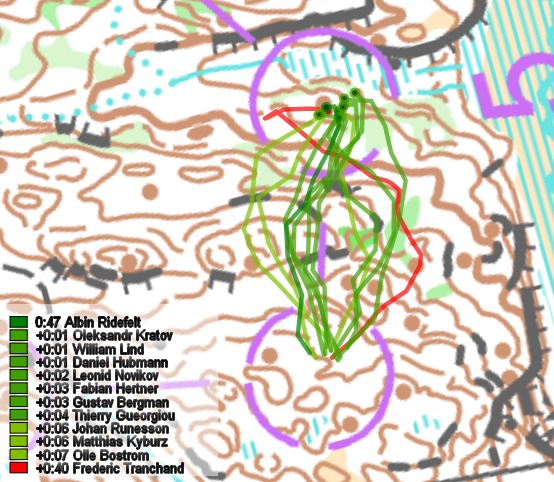
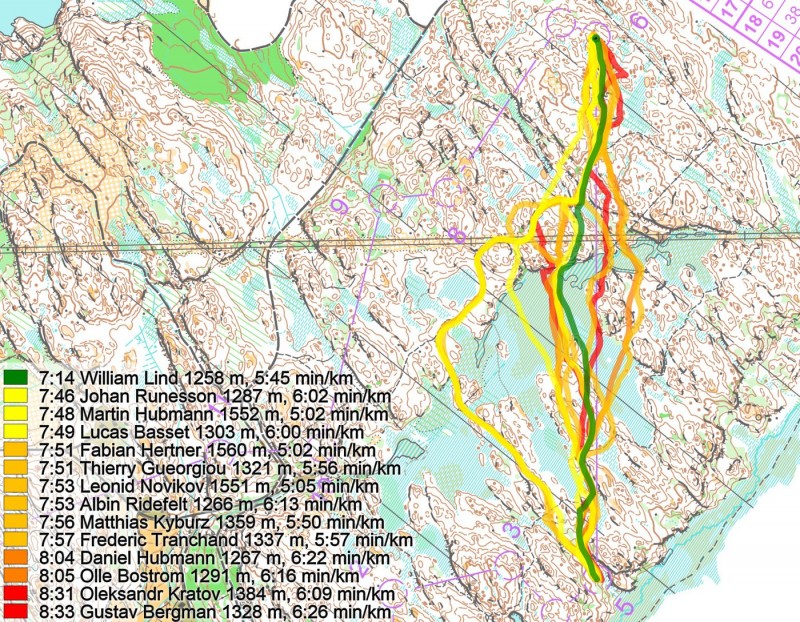
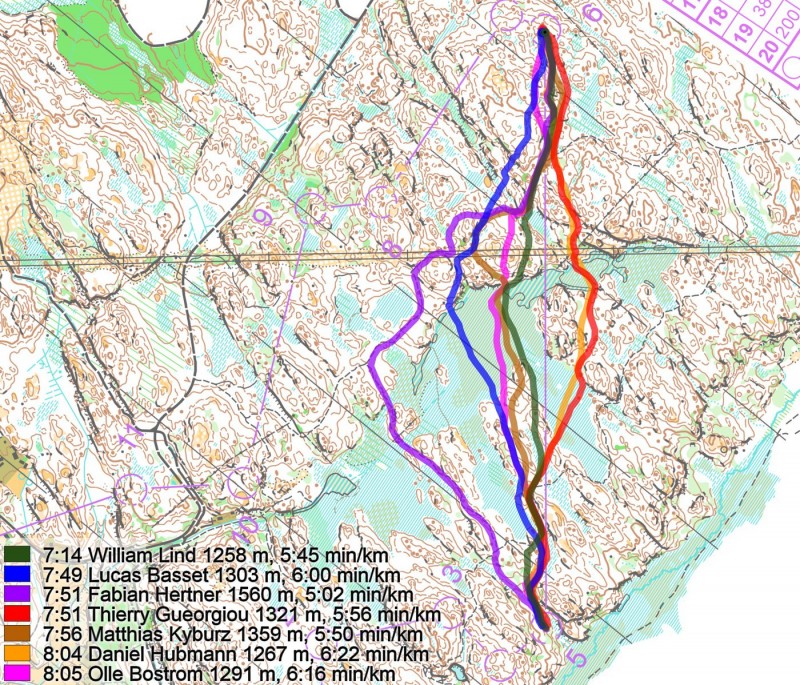

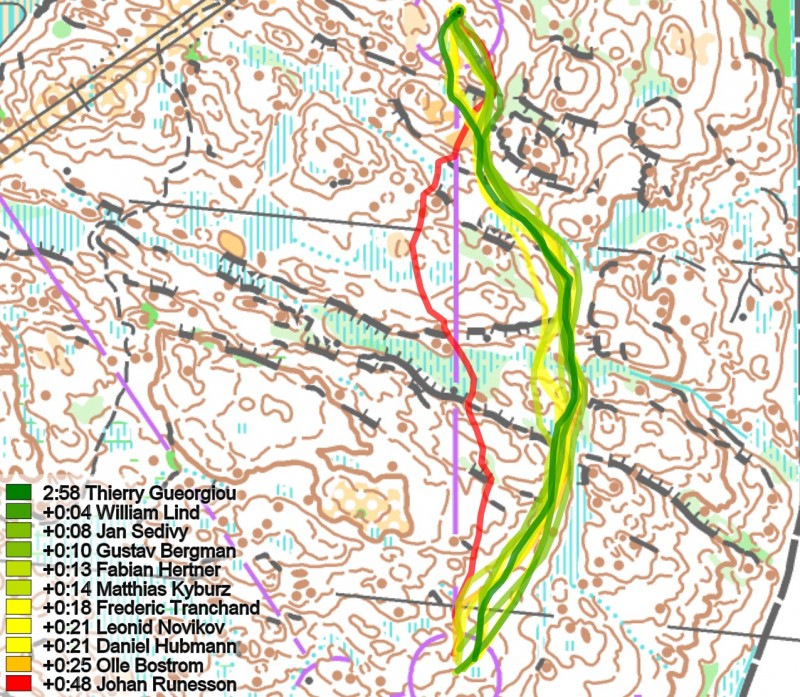
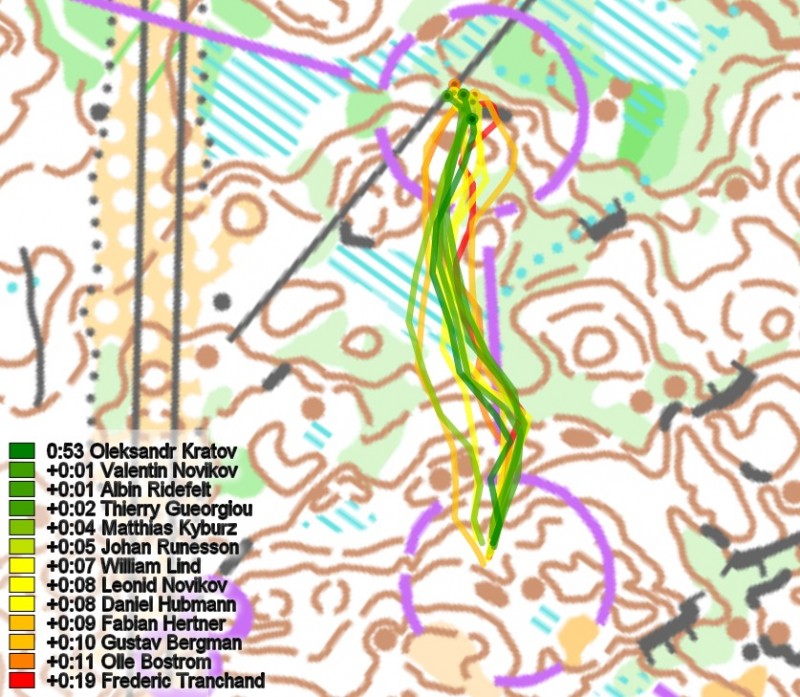
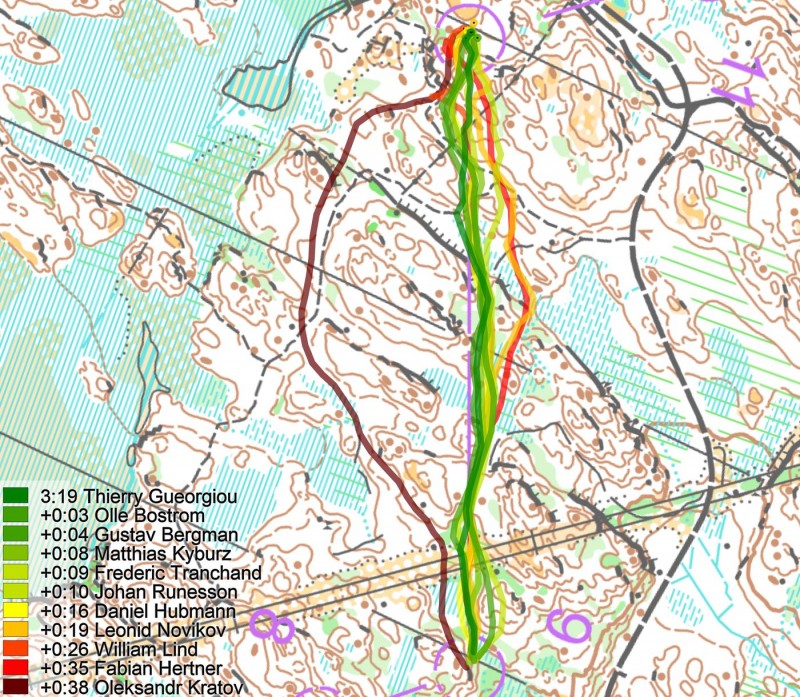
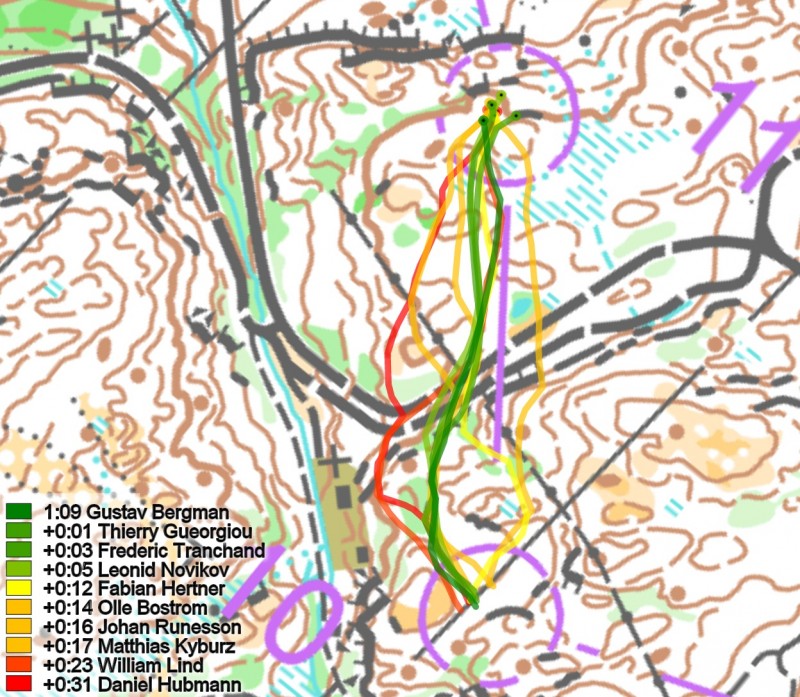
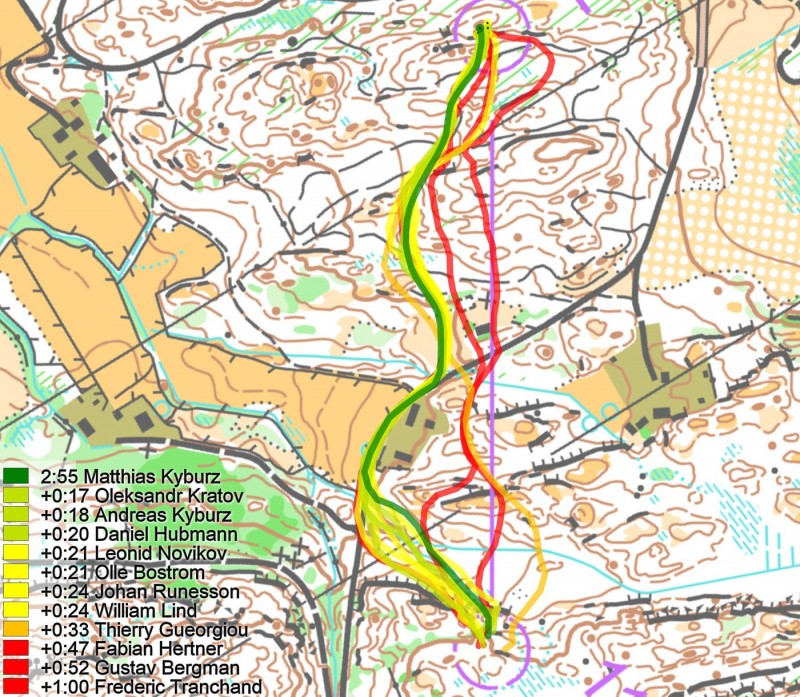
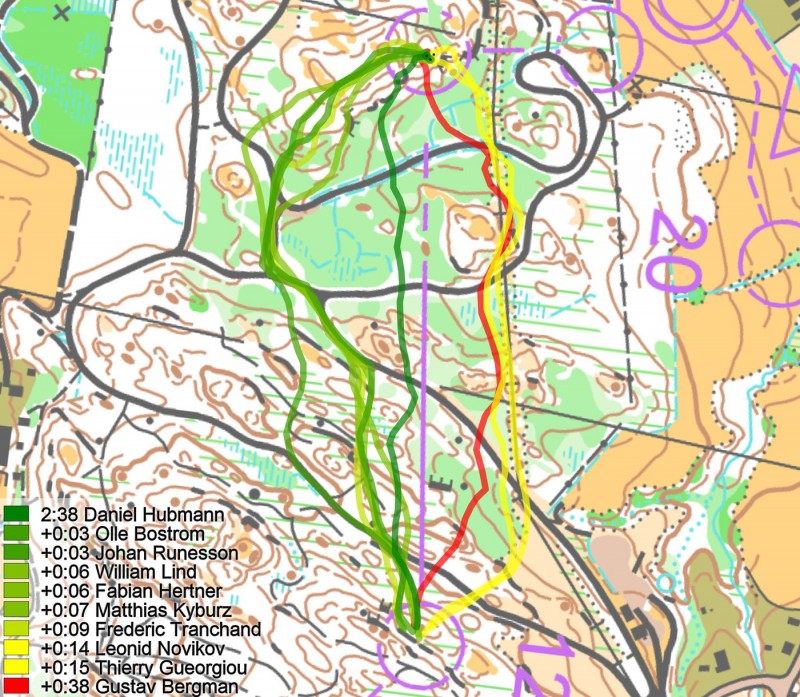
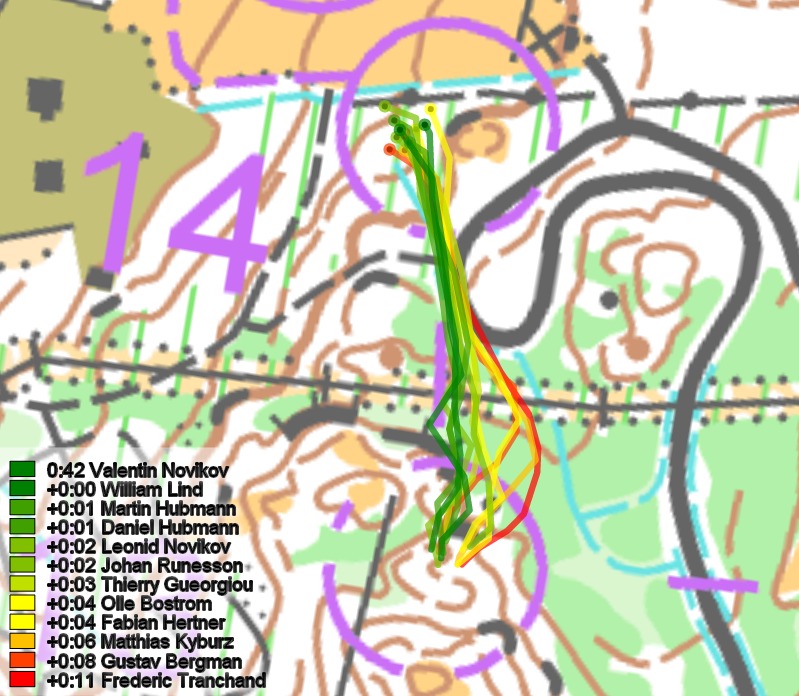
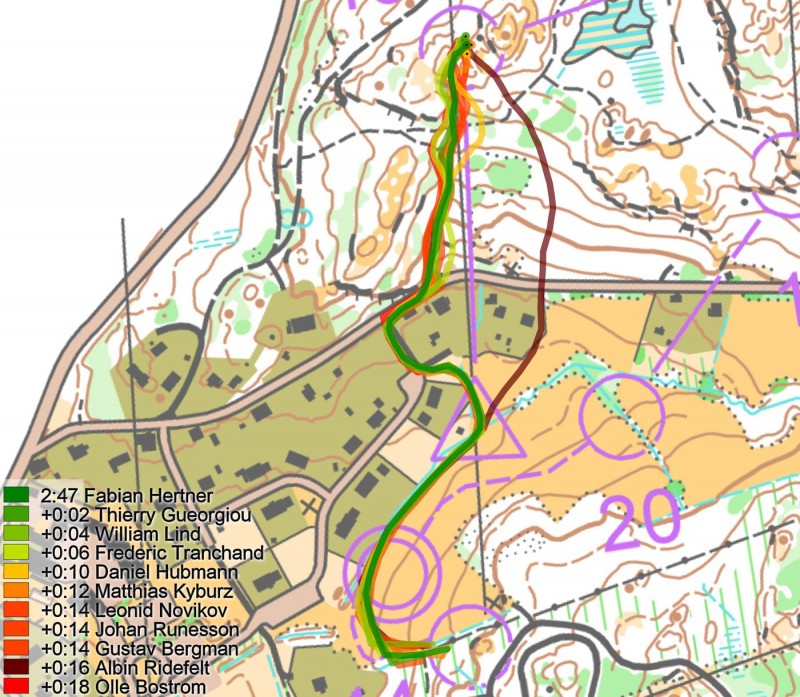
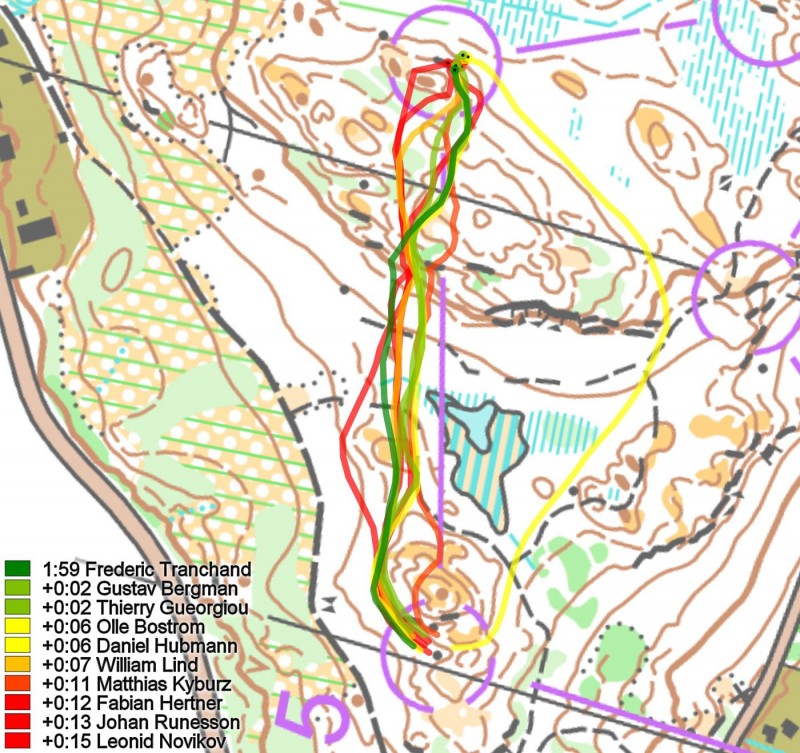
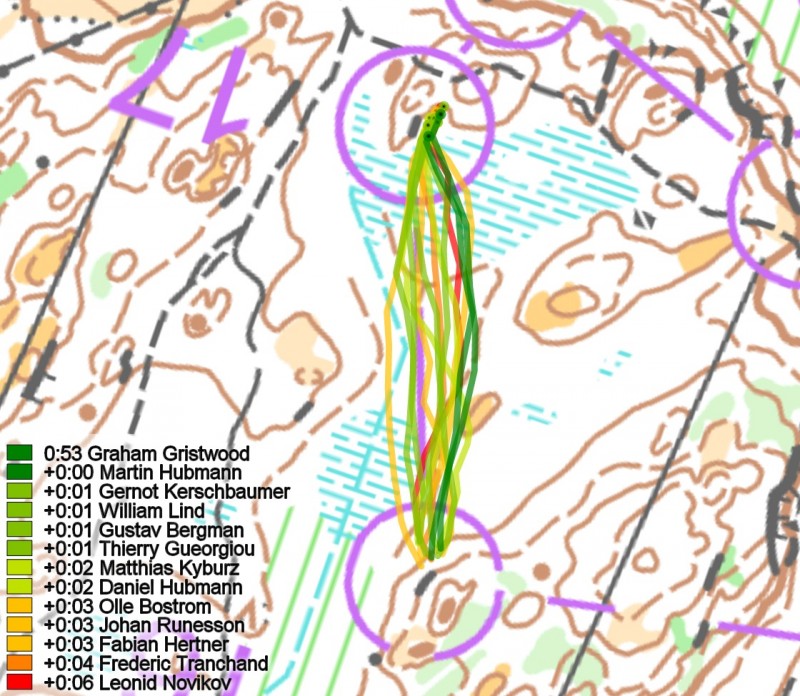

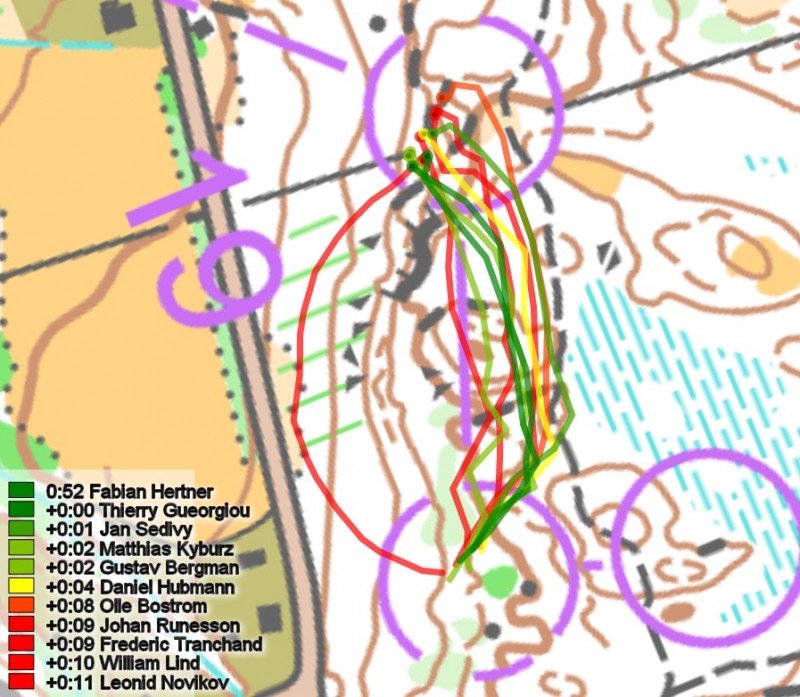
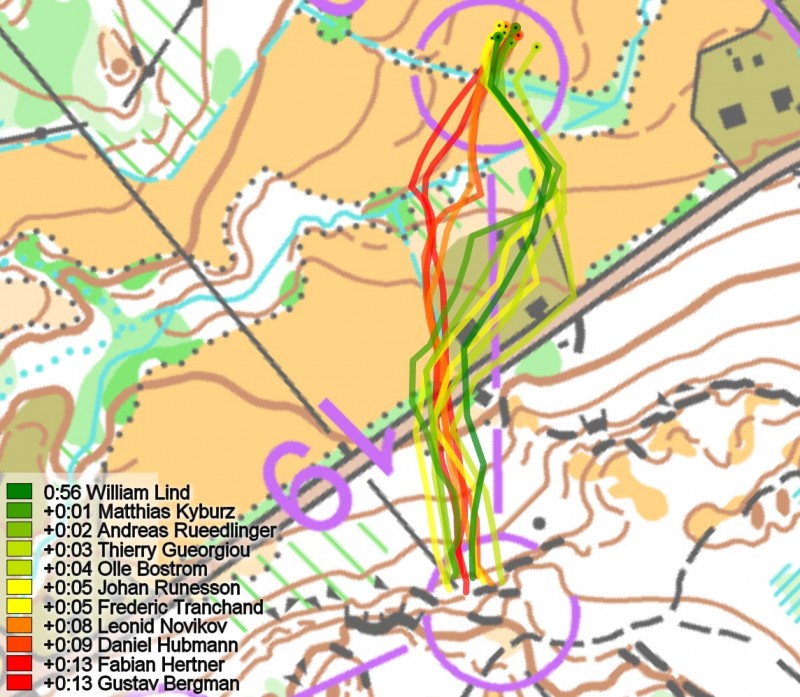
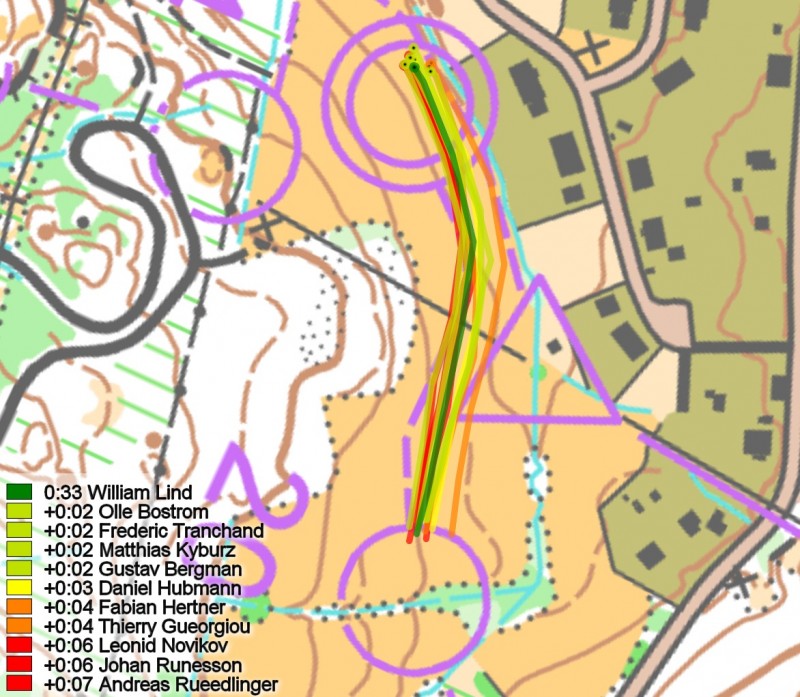
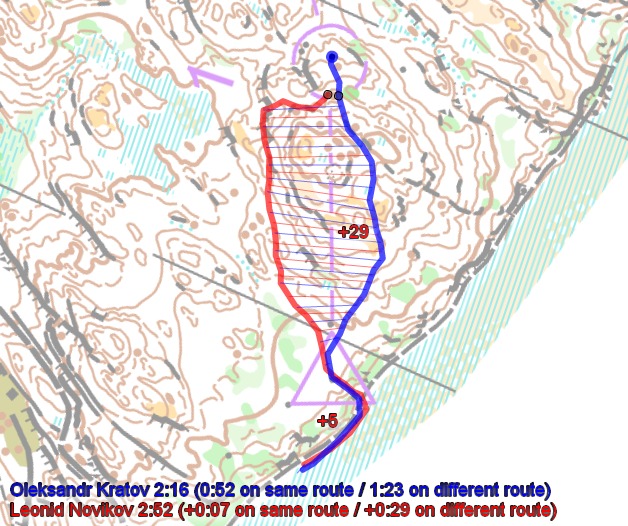
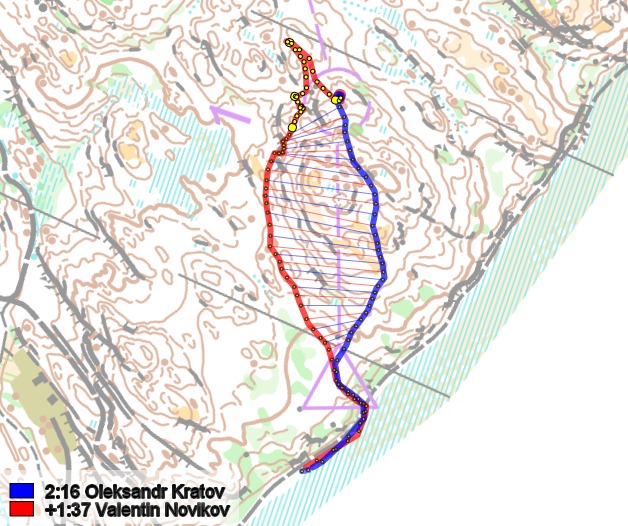
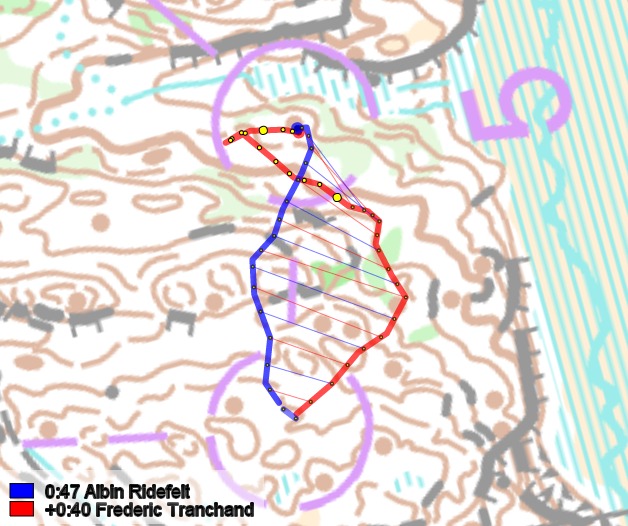
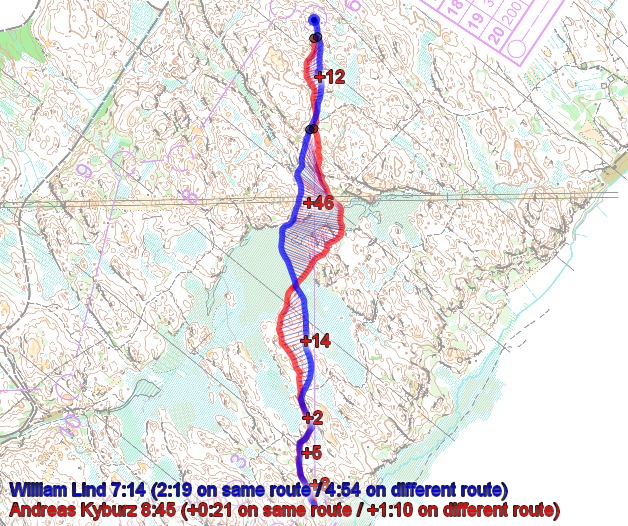

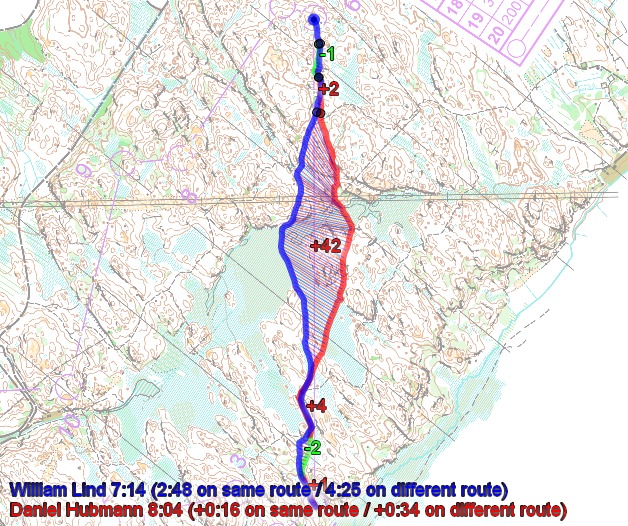
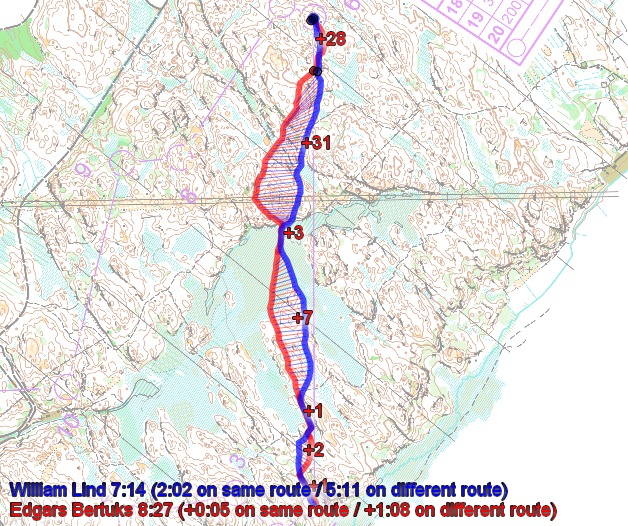

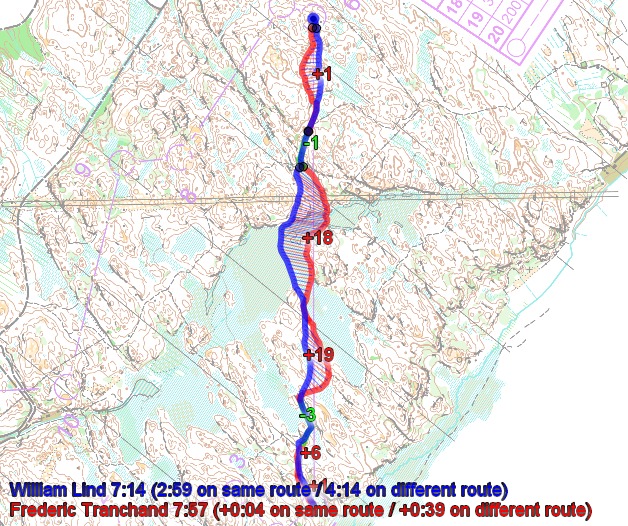
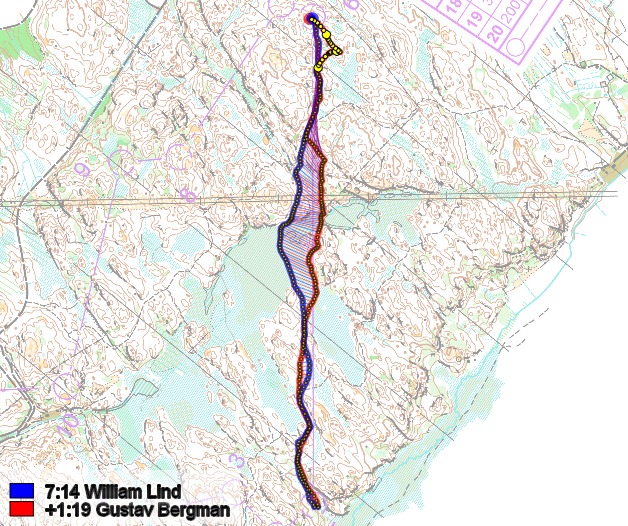
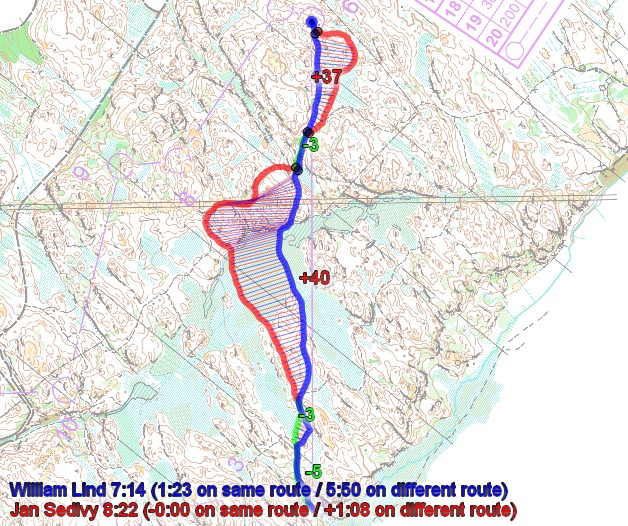
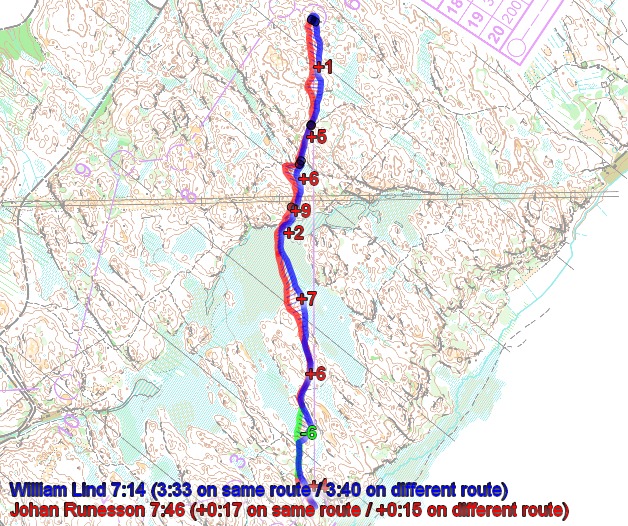
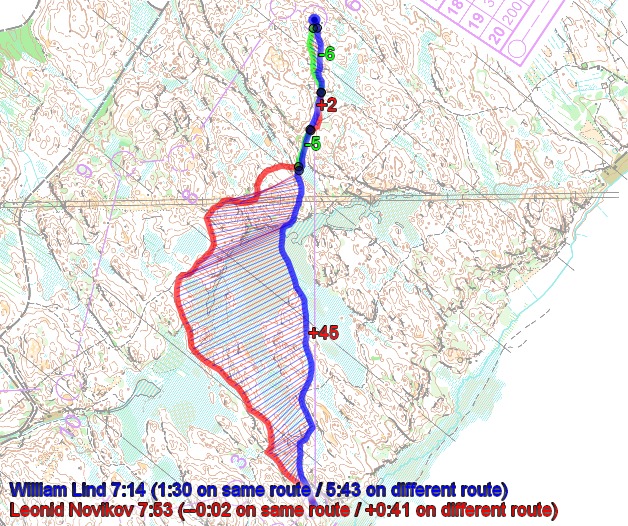
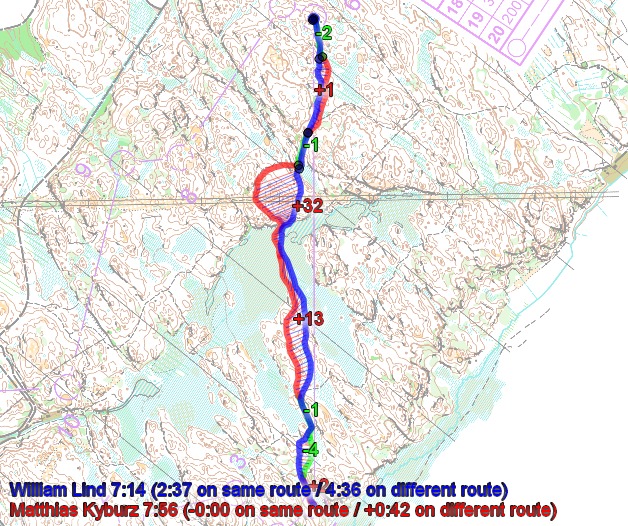
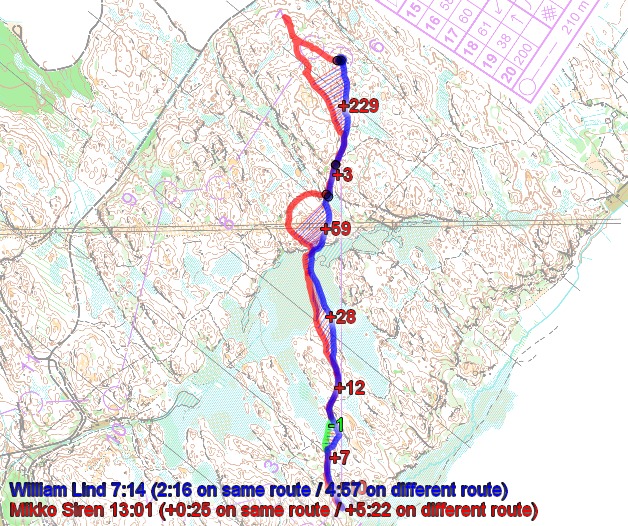
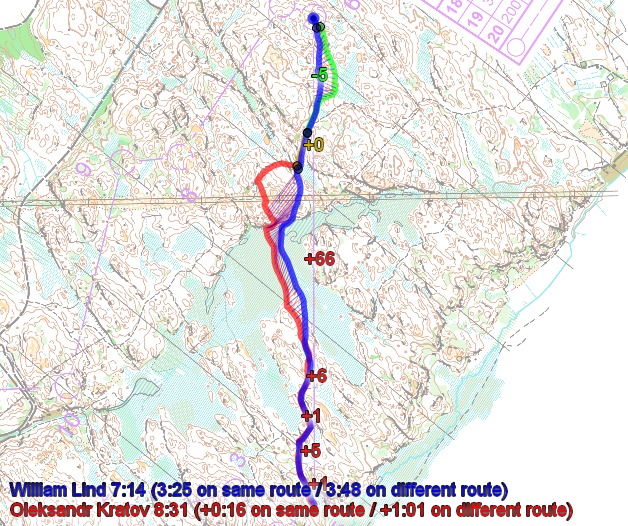
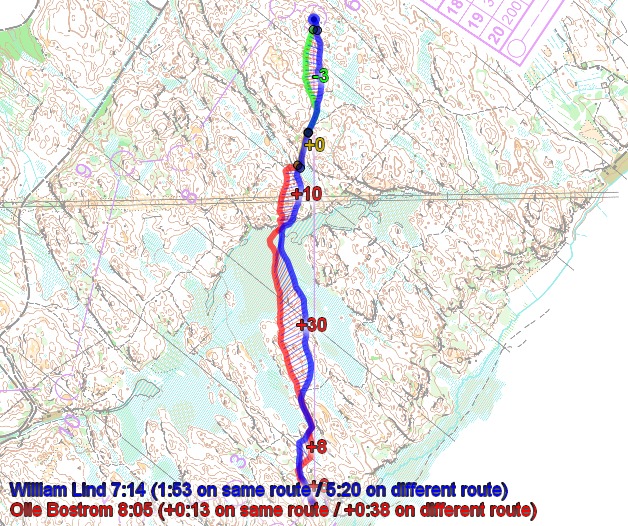
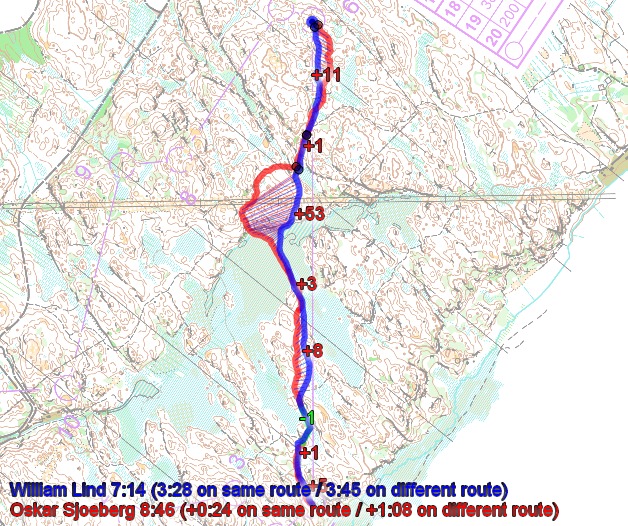
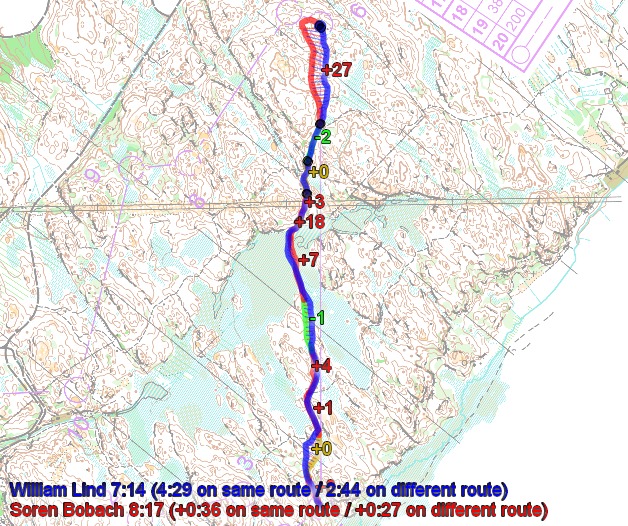
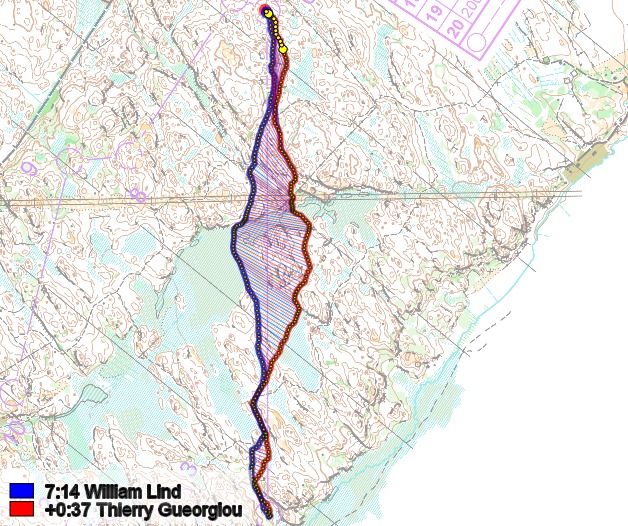

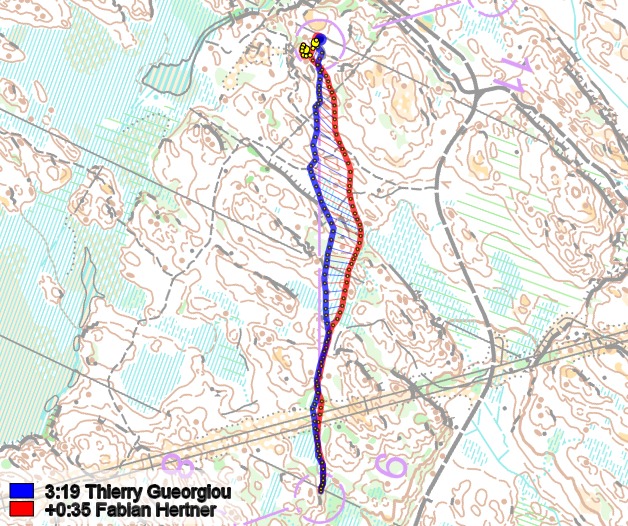
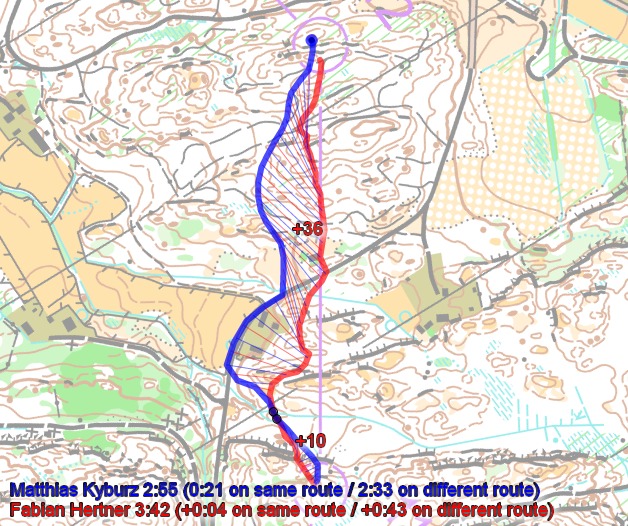
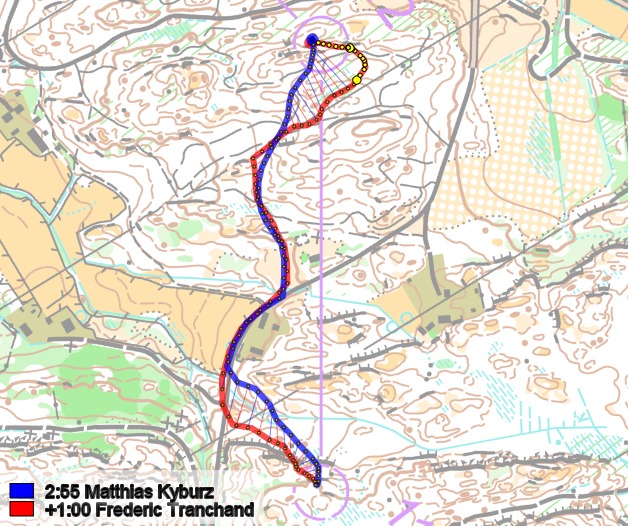
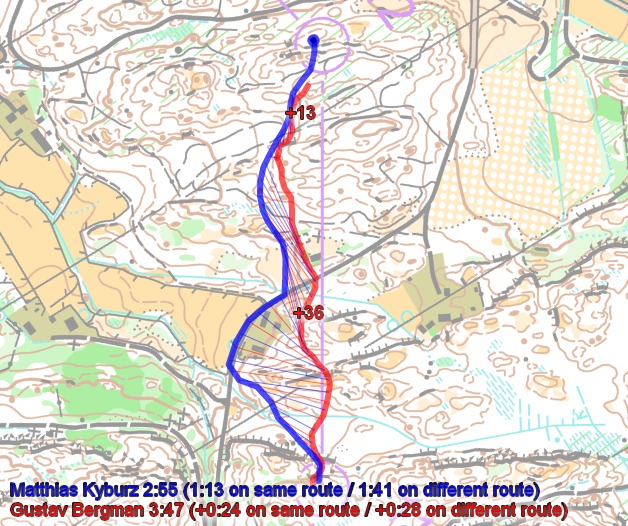
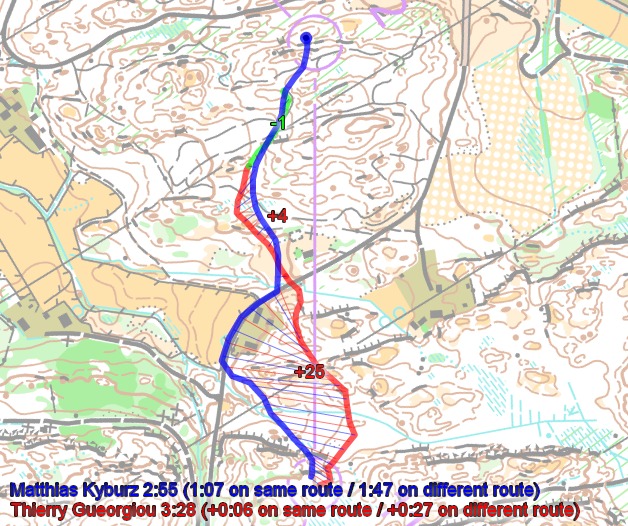
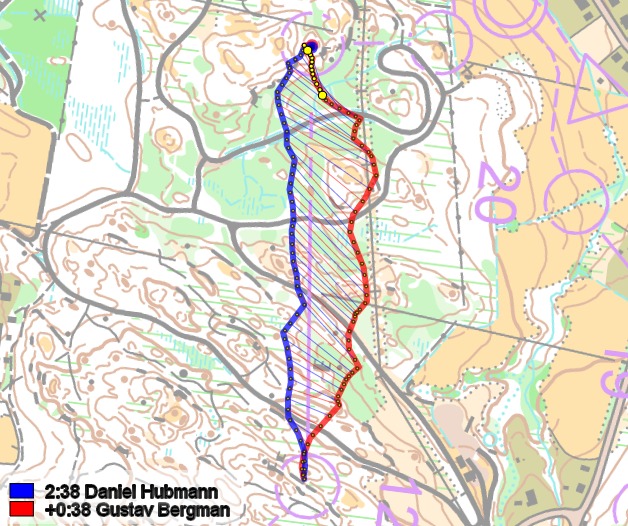
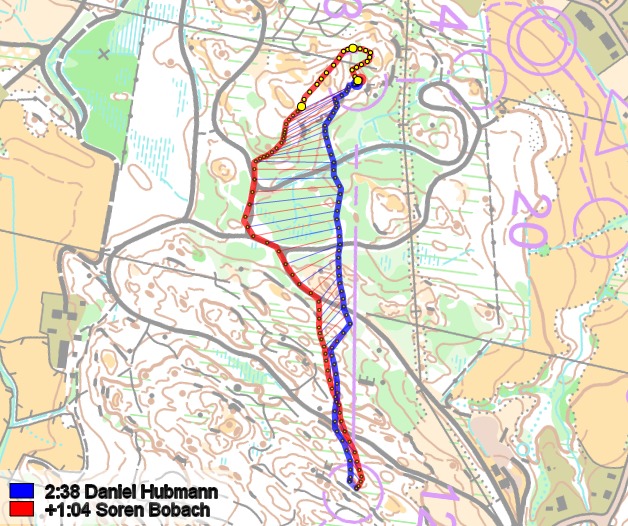
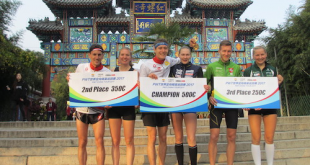
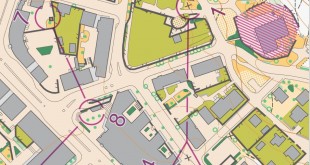
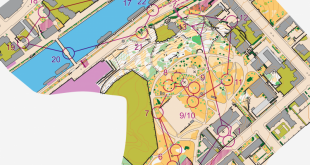
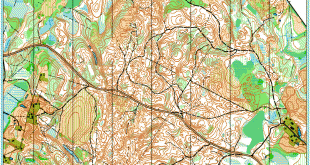
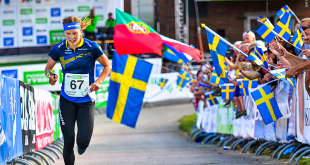
Thanks for your work! Amazing…
“was the arena passage really necessary today with the amount of spectators present?”
I think for the mens course it ok. It didnt made the course much better, but also didnt made it so bad either. For the women its a diffrent story. They would have faced a much more challenging course. Its the “old” question: Do we want to have courses for the spectators (at home and at the place) or for the athlets. I would go for athlets, but I cant decide that unfortunatly ;-)
I ran the women’s course, and there I felt that it took away something from the course. Of course you get the extra pressure with arena passage which is a plus. And for spectators it is a plus. But for TV you don’t need it from my point of view, there it is better to have it in the forest.
How is it that a World Cup race has a winning time almost 5 minutes outside the range of the IOF’s RWT? The course looks great but the course setter could have chopped a km off in this terrain and I find it hard to believe that no-one could have foreseen that the course was going to be too long and done something about it. It seems to me that middle distance courses are creeping longer and longer.
Long time I wanted to say it: Thank you very much for your always incredibly high-level analysis!!! Very interesting. Definitely the best orienteering website I have ever seen!
Spectacular analysis! Thanks so much for the detail and thoroughness. The plots are fantastic and great for race study.